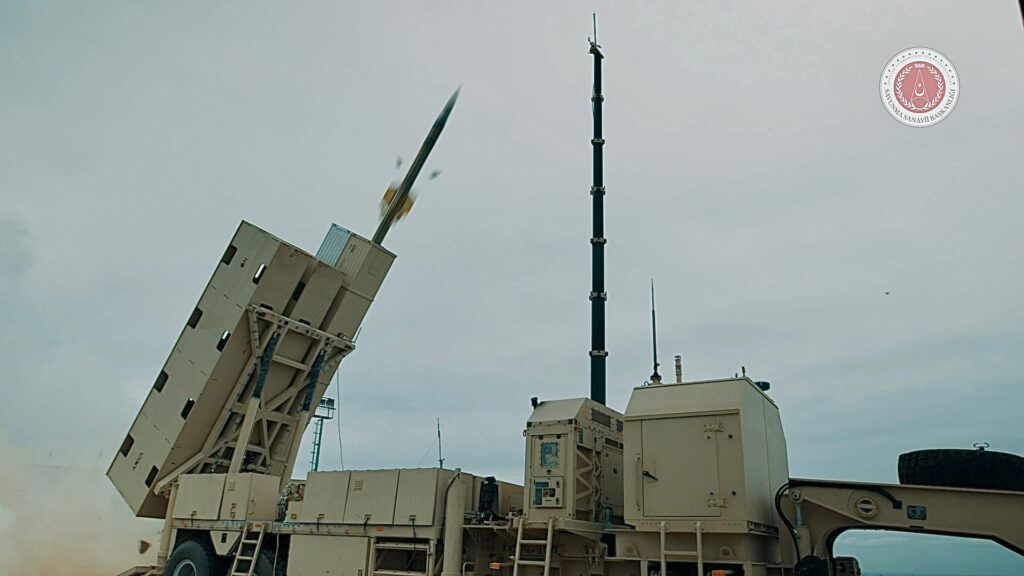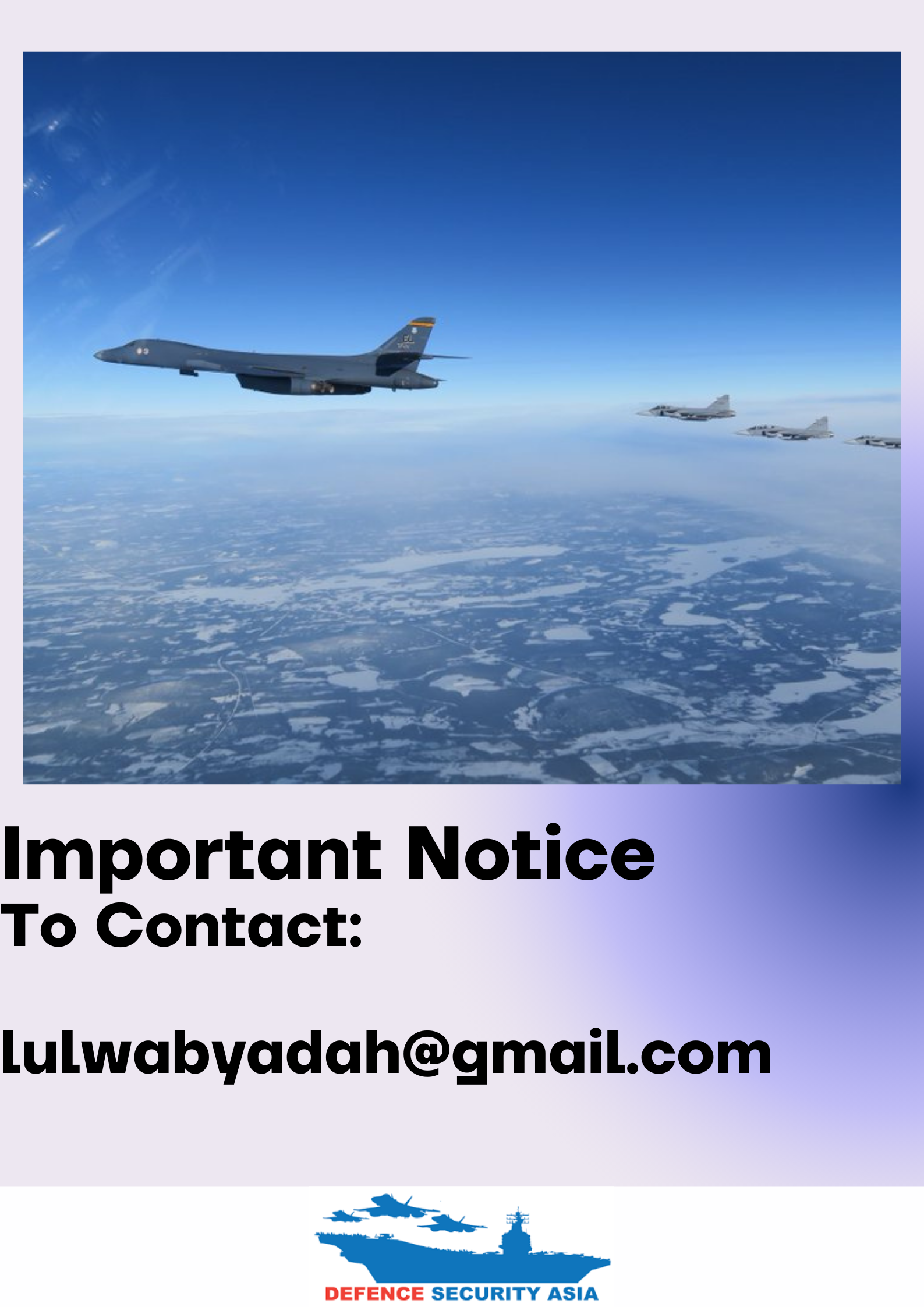Turkey’s Long-Range Air Defense System ‘SiPER’ Set to Commence Operations by Year’s End
Ahmet Akyol, the CEO of ASELSAN, confirmed that the long-range air defense system would begin safeguarding Turkish airspace starting from late this year, utilizing the guided missile SiPER Block 1.
(DEFENCE SECURITY ASIA) — The Turkish Air Force is anticipated to commence operations of the long-range air defense system “SiPER” by the end of this year, thereby finalizing efforts to establish a comprehensive air defense network in the Mediterranean country.
Other air defense systems included in Turkey’s comprehensive air defense network are Gurz, Hisar-O, and Hisar-O+.
This move also ensures Turkey’s self-reliance in the manufacturing and operation of its air defense systems.
Ahmet Akyol, the CEO of ASELSAN, confirmed that the long-range air defense system would begin safeguarding Turkish airspace starting from late this year, utilizing the guided missile SiPER Block 1.
The SiPER Block 1 guided missile has the capability to engage aerial targets from a distance of 70km, while the SiPER Block II guided missile, currently undergoing testing, is expected to be operationalized by the Turkish Air Force next year.

The SiPER Block II guided missile, tested last year, is designed to be more capable and effective in addressing air threats, capable of shooting down aerial targets up to 150km away.
Meanwhile, Ahmet also confirmed their plans to commence development for the SiPER Block 3 guided missile, which will see the air defense system capable of engaging aerial targets at distances exceeding 200km.
However, he did not provide any information regarding the development timeline for the SiPER Block 3 guided missile variant and when it would be operationalized.
The long-range air defense system SiPER was developed beginning in 2018 after a contract was signed between Turkey’s defense development agency, SSB, and ASELSAN, ROKETSAN, and TUBITAKSAGE.

The primary objective of the SiPER long-range air defense project is to fulfill Turkey’s need for high-altitude air defense systems.
Under the contract terms for the development of the SiPER long-range air defense system, ASELSAN is tasked with developing the Fleet Control Center, Search Radar, Fire Control Center, Fire Control Radar, Communications Station Vehicle, and Communications Relay Vehicle.
ROKETSAN, on the other hand, is responsible for developing the guided missiles, while TUBITAK SAGE is tasked with developing the guided missile’s warhead.
SIPER, which can engage manually or automatically on targets, is able to assume missions under harsh conditions.
It has multi-target and multi-radar fusion features and it can identify friend and foe.

Each SIPER Air Defense System Battery is comprised of four vertical Missile Launching Systems, two Missile Transport Loading Systems, a Search Radar, a Fire Control Center, a Fire Control Radar, a Fleet Control Center, and three Communication Station Vehicles.
The Search Radar provides a 360-degree coverage area and is capable of detecting aircraft, helicopters, cruise missiles, air-to-ground munitions, and unmanned aerial vehicles (UAVs) at ranges exceeding 200 kilometers and altitudes ranging from 0.1 to 30 kilometers.
Its Fire Control Radar enables engagement of up to ten targets simultaneously. –DSA



Comments are closed.